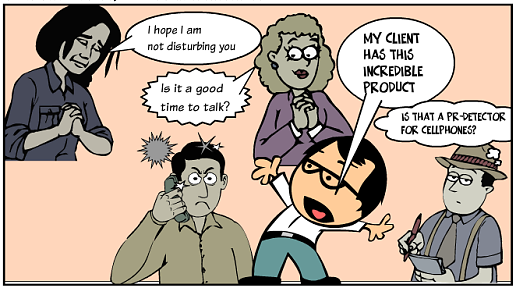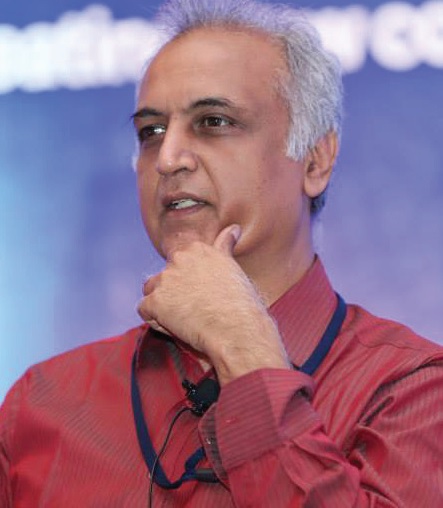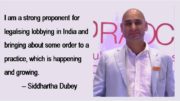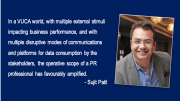The top editor one of India’s respected financial dailies whined recently on Facebook about how he got a call from a PR firm asking if he was working on any Women’s Day stories. He proceeded to ask her if she would be doing the same with someone of his stature or profile in The Times of India, naming some seriously senior folks in the editorial pecking order. I am not sure if she got the message, but I am hoping that those in the public relations business reading this column do.
The fact is that the very consultancy from which this call was made had run into a similar issue a few years ago, and its President told me it won’t happen again. After I shared the Facebook post in question, a senior executive of the same firm was kind enough to message me and apologise.
I have blogged and drawn cartoons in anger and jest about it, given interviews on the subject and spoken in public forums about this but there is no respite — and am not even sure if many consultancies get this. So here are five questions for them.
-
Do you have an idea of how hierarchies and functional divisions of work happen in news organisations? Do you communicate these to all colleagues?
-
Do you train staff at various levels to follow a protocol both on seniority/beats as well as the manner or occasions where things need to be “escalated?” Do your employees and client managers have a reasonable idea of who should call, who to call and when and how and who NOT to call and when and not?
-
Do you update contact lists and share them with a reasonable idea of who does what with your team?
-
Are their processes at work that are documented and shared so that you function as an institution and not just as a bunch of vaguely energetic people?
-
Do you visit or contact news/media organisations frequently enough not to feel outdated?
The question list above can be longer, but let me restrict it to five questions this time. I am not touching other relevant points and topics because it may run into a possible book.
The questions above are a working guide. For instance, if the firm that promised to me “it won’t happen again” is making the same mistake twice, it means the person who earlier assured me (she has since left her job) did not pass on my message, or it was not “embedded” in the culture of the organisation. The trick is not to merely pass on memos (I doubt if even that happens) but have a diagnostic toolkit to find out where things went wrong.
If for instance the consultancy in question is a boutique that “bought” (Read: unprofessionally acquire) a contact list from an old consultancy and based its practice on the editor’s old profile or role, the firm that sold the list or the employee who “took it away” can be blamed. Else the list was not updated.
If processes are not documented and revised occasionally or frequently, it can mean there are mom-and-pop shops pretending to be real companies. If random trainees/interns/juniors are asked to contact media people at random without guidance, there is no point in blaming journalists for being rude. Professionals should earn their right to complain against rudeness.
Remember, there is one thing in common between reporters and PR professionals: Nobody is ordinarily obliged to take your calls!
Do PR consultancies have working manuals like newsrooms have style guides and code of ethics? Do let me know. Maybe there is a case to compare them and come out with a nice set of best practices for the profession.







Leave a comment